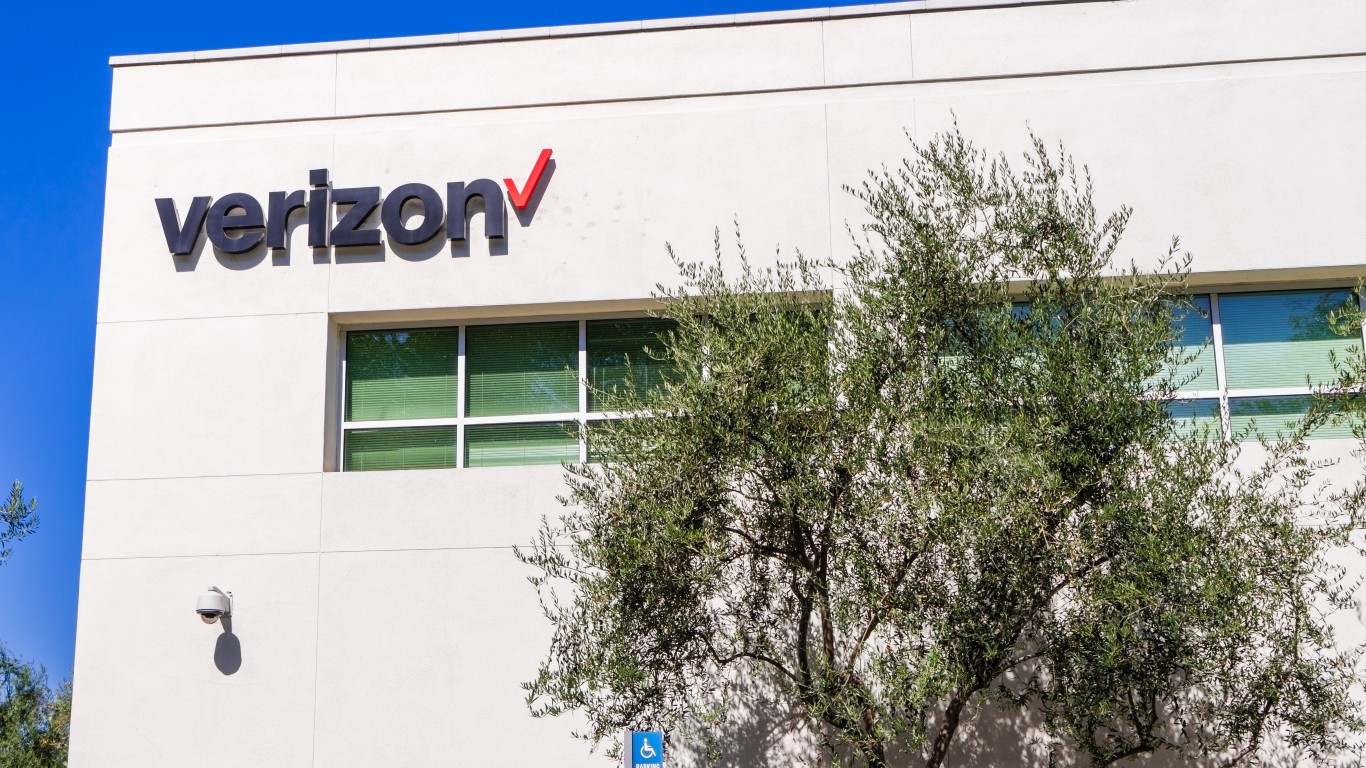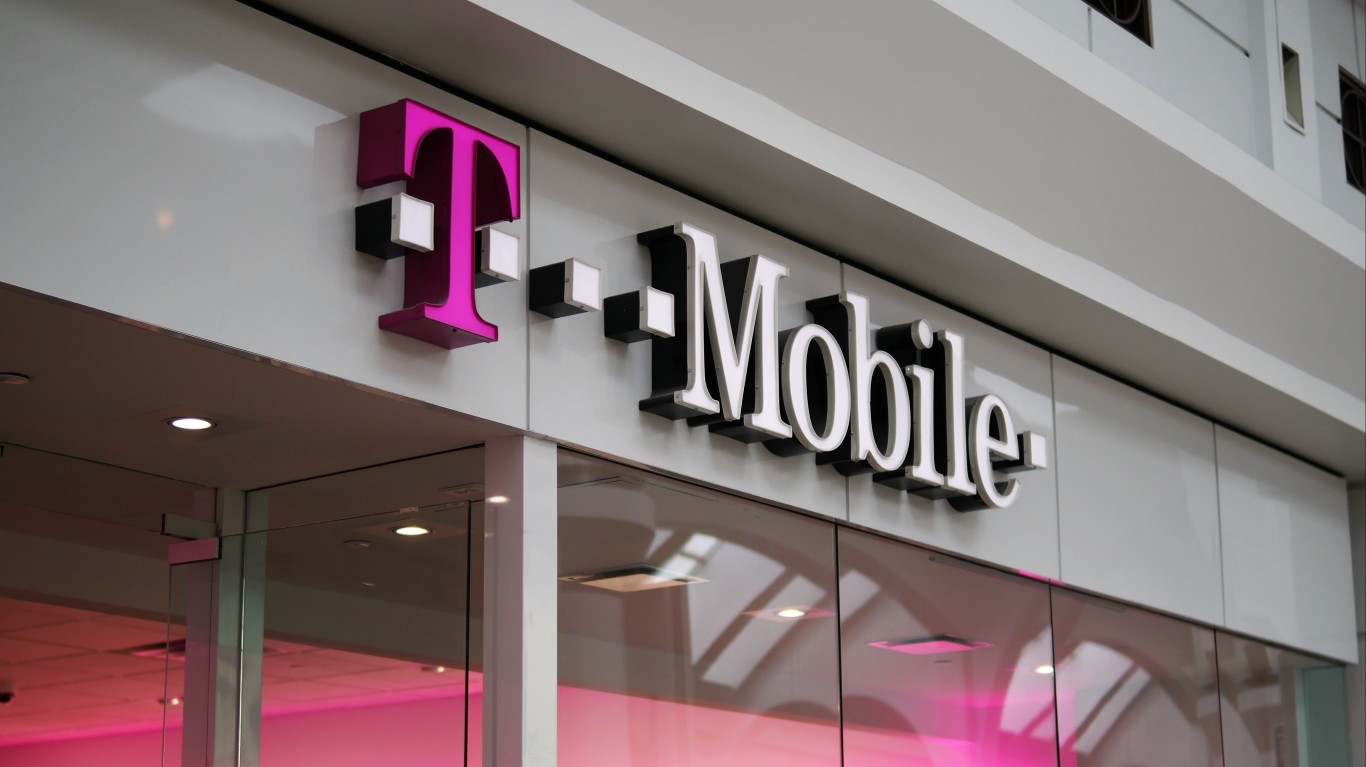 The juggernaut that is Apple (NASDAQ: AAPL) iPhone sales grows more powerful each day. New data show that Apple thrashed its smartphone competitors in the second quarter and may have become the largest smartphone vendor in the world. Figures from research firms IDC and Strategy Analytics on activity from April to June vary slightly, but the theme is the same. Apple’s competitors have not been able to launch products that were met with any significant success.
The juggernaut that is Apple (NASDAQ: AAPL) iPhone sales grows more powerful each day. New data show that Apple thrashed its smartphone competitors in the second quarter and may have become the largest smartphone vendor in the world. Figures from research firms IDC and Strategy Analytics on activity from April to June vary slightly, but the theme is the same. Apple’s competitors have not been able to launch products that were met with any significant success.
Strategic Analytics figures show that “Apple overtook Nokia and Samsung to become the world’s number one smartphone vendor by volume for the first time in history.” During the same period, overall worldwide smartphone sales grew 76% year-over-year to 110 million units. The cycle in which people replace “dumb” handsets with ones that can work on 3G networks, play multimedia products and games, and send large files is now well underway.
Apple’s success was nearly matched by the No.2 handset company in the world — Samsung. The Korean company’s global market share in the smartphone business was 17.5% compared to Apple’s 18.5% last quarter. Nokia (NYSE: NOK) continued its spiral down as its share dropped to 16.7%. It is worth remembering that Nokia was the top smartphone manufacturer in the world last year, and just three years ago sold nearly one in four of all handsets in the world.
Is there a lesson here among all the new data? Probably not. The numbers show what almost everyone in the smartphone industry knew already. The iPhone’s advance has been relentless for the three years since it was launched. It has only recently begun to get wide distribution in China, the world’s largest wireless market.
Skeptics about the iPhone’s future use three arguments for why the product’s sales will eventually falter. The first is that new models like the iPhone 5 will not have enough new features to lure buyers to replace older models or switch from other manufacturers. The second is that Android-powered handsets have gained ground because of popular features that were added to the Google operating system by companies that compete with Apple. The third is that any one company can only have so much market share before it reaches a saturation level.
None of these potential drawbacks apply to Apple for now. There is precedent in other markets and at other times for a product to hold 50% or more share in its sector. The Amazon (NASDAQ: AMZN) Kindle is one example. The Apple iPad is another. The iPhone’s market share is still less than 20%. The popularity of the product has not wavered. The iPhone’s piece of the market could still double.
Douglas A. McIntyre
It’s Your Money, Your Future—Own It (sponsor)
Are you ahead, or behind on retirement? For families with more than $500,000 saved for retirement, finding a financial advisor who puts your interest first can be the difference, and today it’s easier than ever. SmartAsset’s free tool matches you with up to three fiduciary financial advisors who serve your area in minutes. Each advisor has been carefully vetted and must act in your best interests. Start your search now.
If you’ve saved and built a substantial nest egg for you and your family, don’t delay; get started right here and help your retirement dreams become a retirement reality.
Thank you for reading! Have some feedback for us?
Contact the 24/7 Wall St. editorial team.



